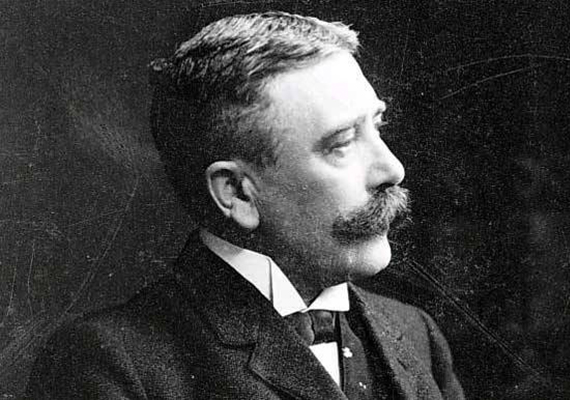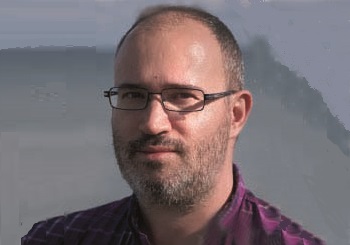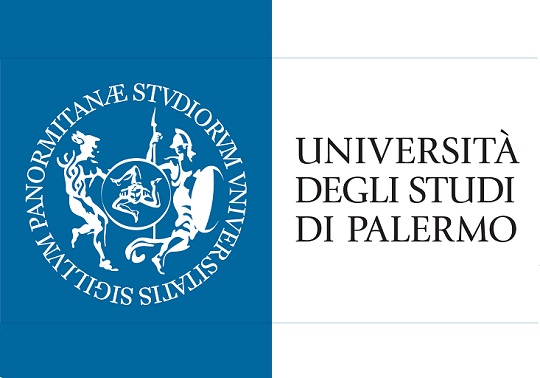
In 2016 we celebrate a hundred years since the posthumous publication of the Cours de Linguistique Générale, based on the notes and teachings collected by students of the Genevese professor.
7 september 2016
Charles Bally and Albert Séchehaye found added suffering in the premature death of Ferdinand de Sassaure. Their mentor had never sought to put his language theories on paper, perhaps satisfied with the oral dissemination of his principles; maybe it was also because he considered his work to still be incomplete. When two linguists examined his desk, they barely found a couple of sketches. His rough drafts, on which he worked day and night, were gone.
However, the notes taken by Saussure’s students in each of the three courses the Swiss teacher had run between 1906 and 1911, together with a huge effort on their part, enabled the creation of a piece which would leave a mark on modern lingustics: Cours de Linguistique Générale (Course on General Linguistics).
This reconstruction of his teachings would define his legacy, as it soon became one of the greatest works in the study of language (his influence would even extend to other disciplines such as anthropology and philosophy). Subsequent studies of other manuscripts by Saussure question up to what point the book is faithful to the ideas and sceptical personality of the professor (“I will explain why there is no term employed in linguistics to which I attribute any sense at all”) but the impact of the Cours is, today, undeniable.
The University of Geneva recently payed homage to Saussure by naming a hall in his honour. Photography: M. Reymond/UNIGE.
What are his contributions? For example, establishing the synchronic study of linguistics as the only method to understand language as a system. He establishes a dichotomy with the diachronic method (the research of a specific language fact).
Equally important, he makes a distinction between “language” and “speech”: the first one is defined as “both a social product consequence of the ability to talk and a set of necessary conventions” (a common system of signs within a community), while the second one is described as the use of this code by each person (“an individual act of will and intelligence”). In this sign system, we can highlight the natural separation and arbitrary union between the signifier (material form of the sign) and the signified (its mental representation).
Such conception of the “system”, language as a structure, is maybe the most important contribution of the Cours and leads to the Structuralism movement.
Though since its publication there have been great developments in the study of language, this work remains as an intellectual reference in modern linguistics. A hundred years on, many academic institutions - from the University of Geneva, where he taught the so-essential courses in general linguistics, to our own University of Valencia - have not wanted to miss the opportunity of paying him tribute.
The Faculty of Language Studies will organise on 17 and 18 November, an international symposium around the figure of the Swedish linguist in order to commemorate the centenary of his posthumous work. You can check all the details of this call by referring here

.jpg)








